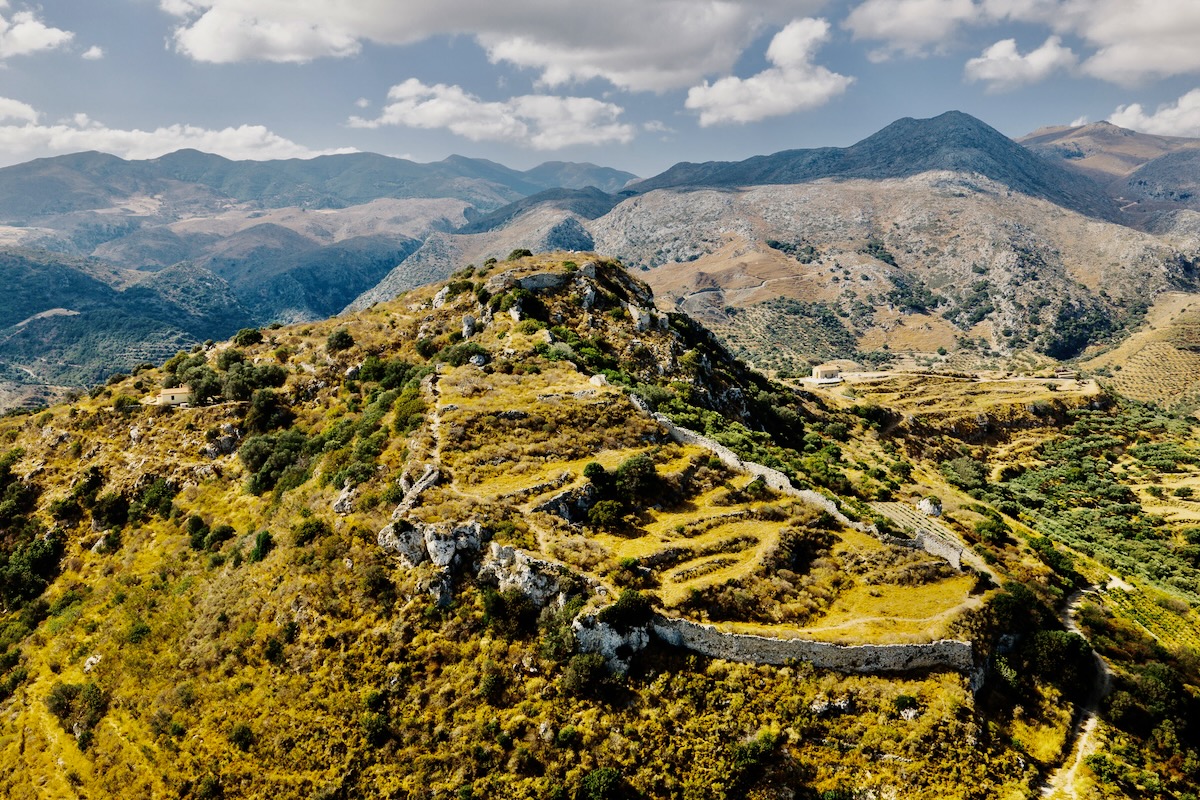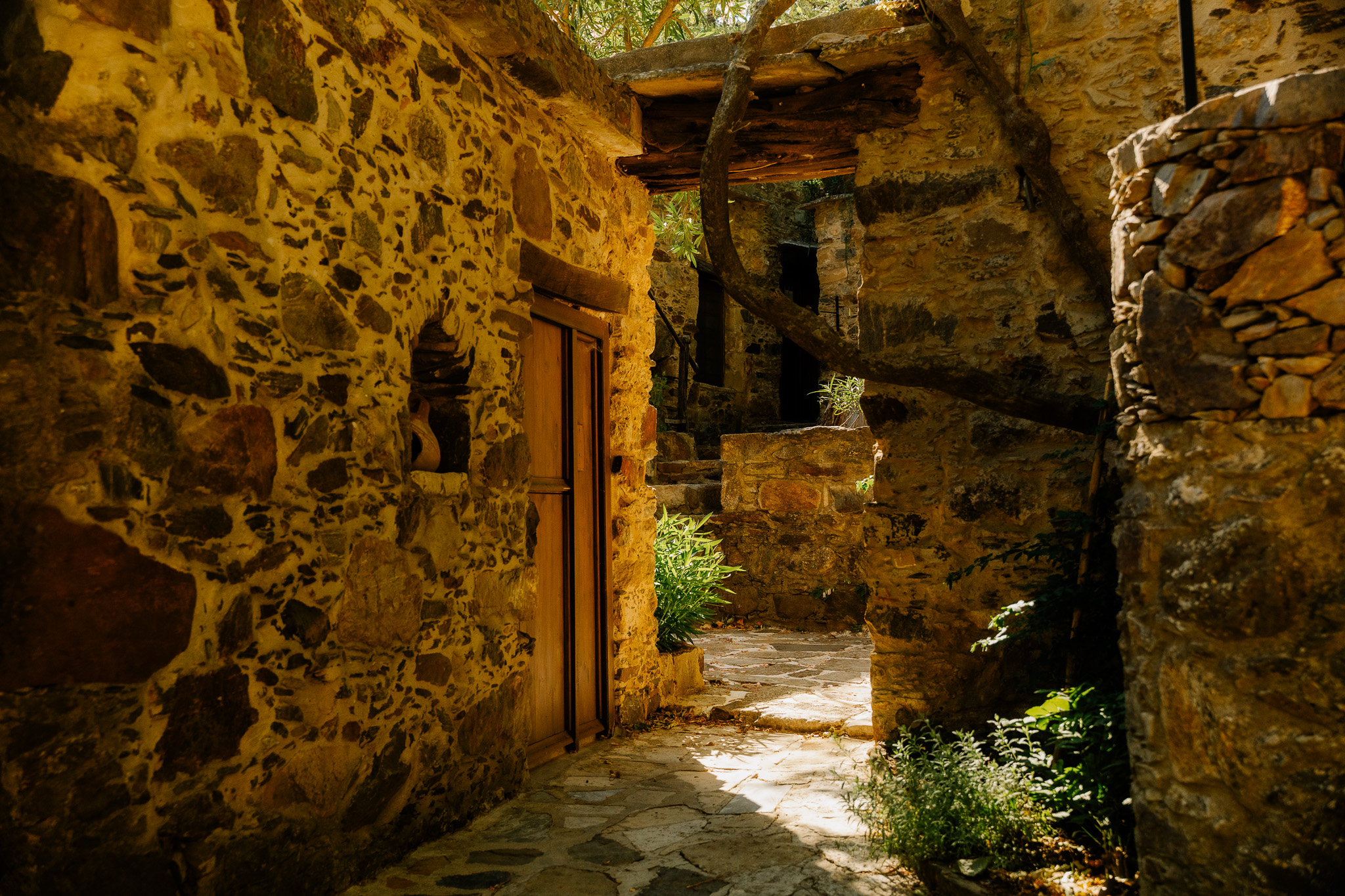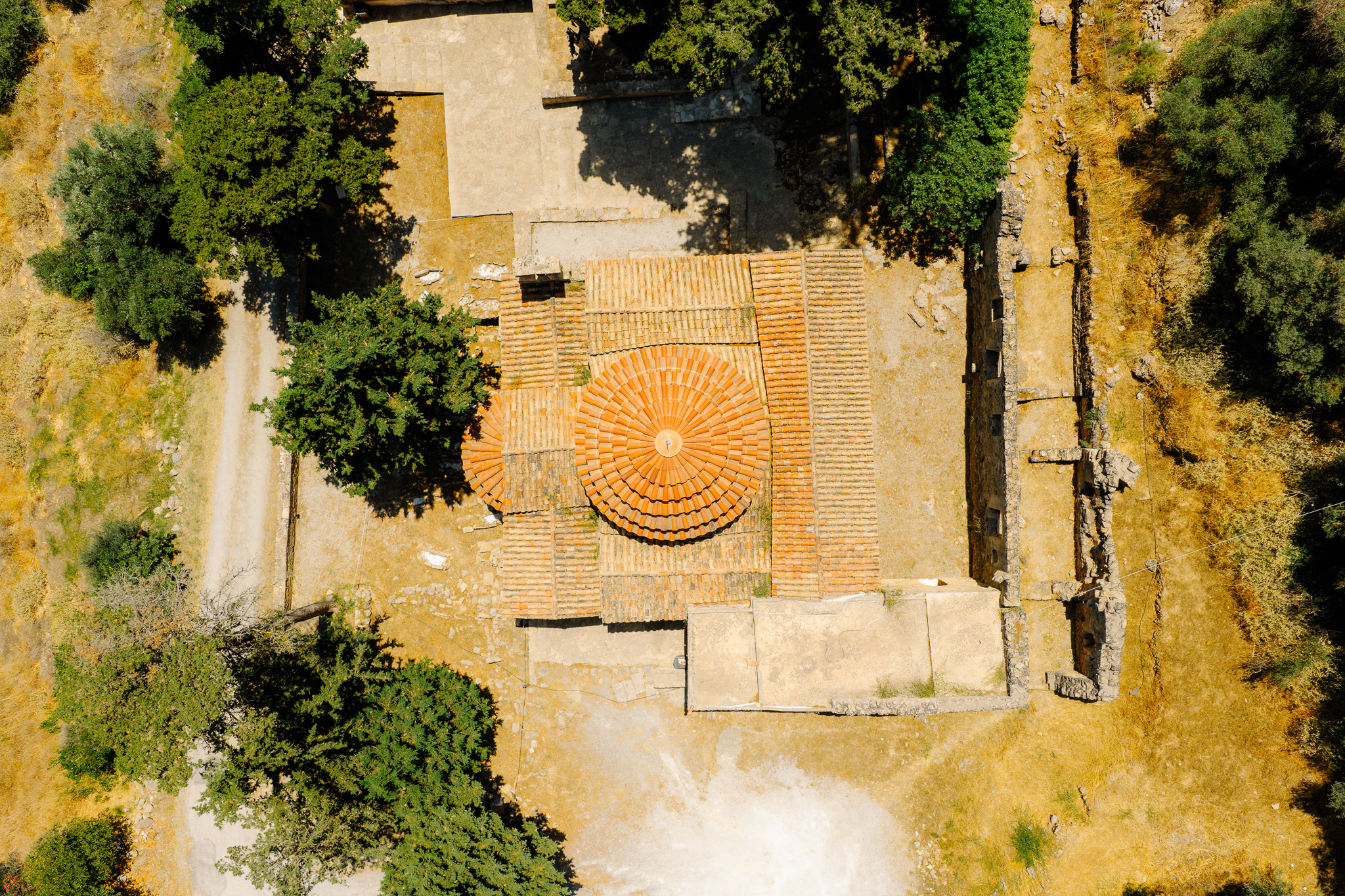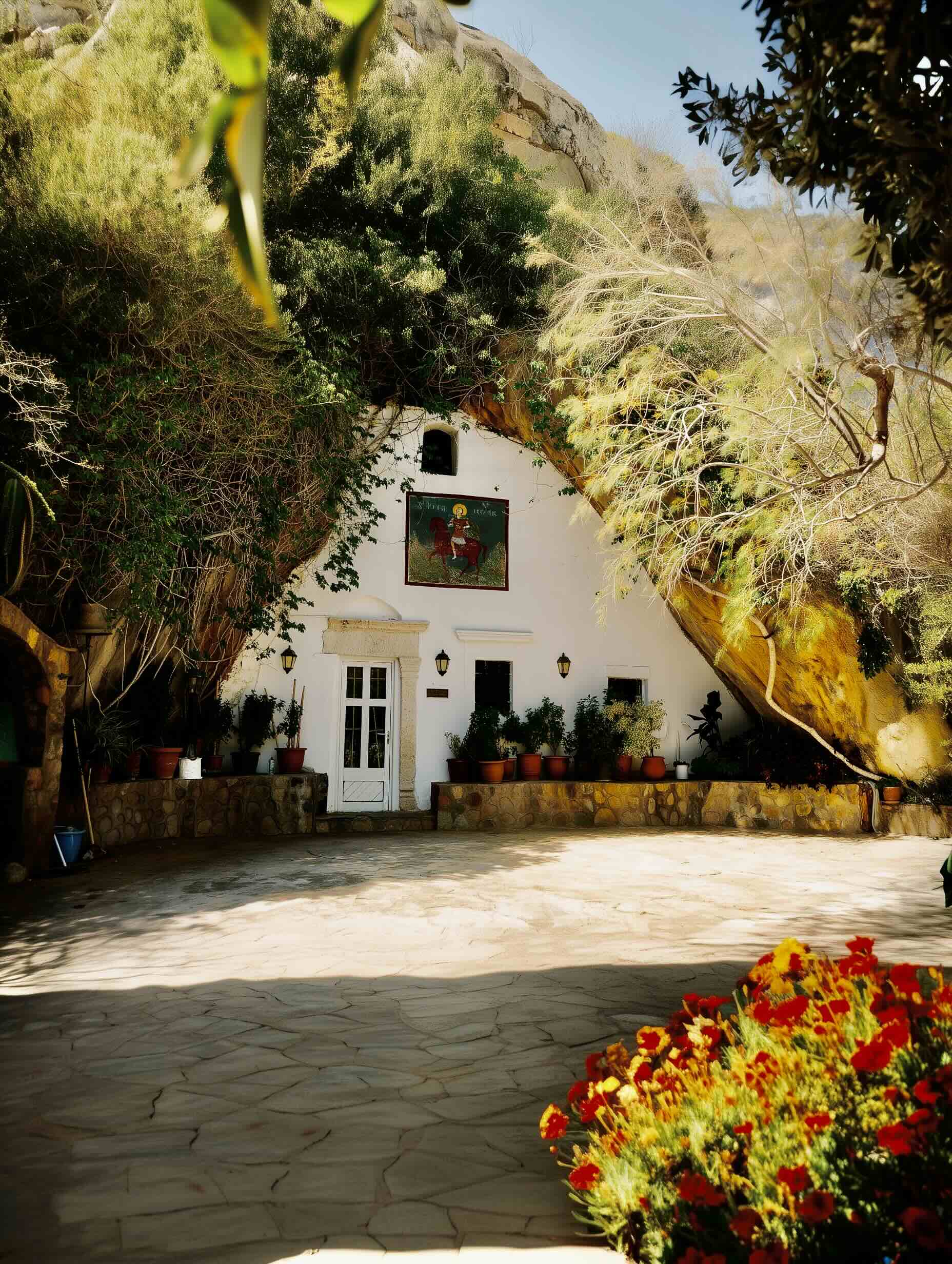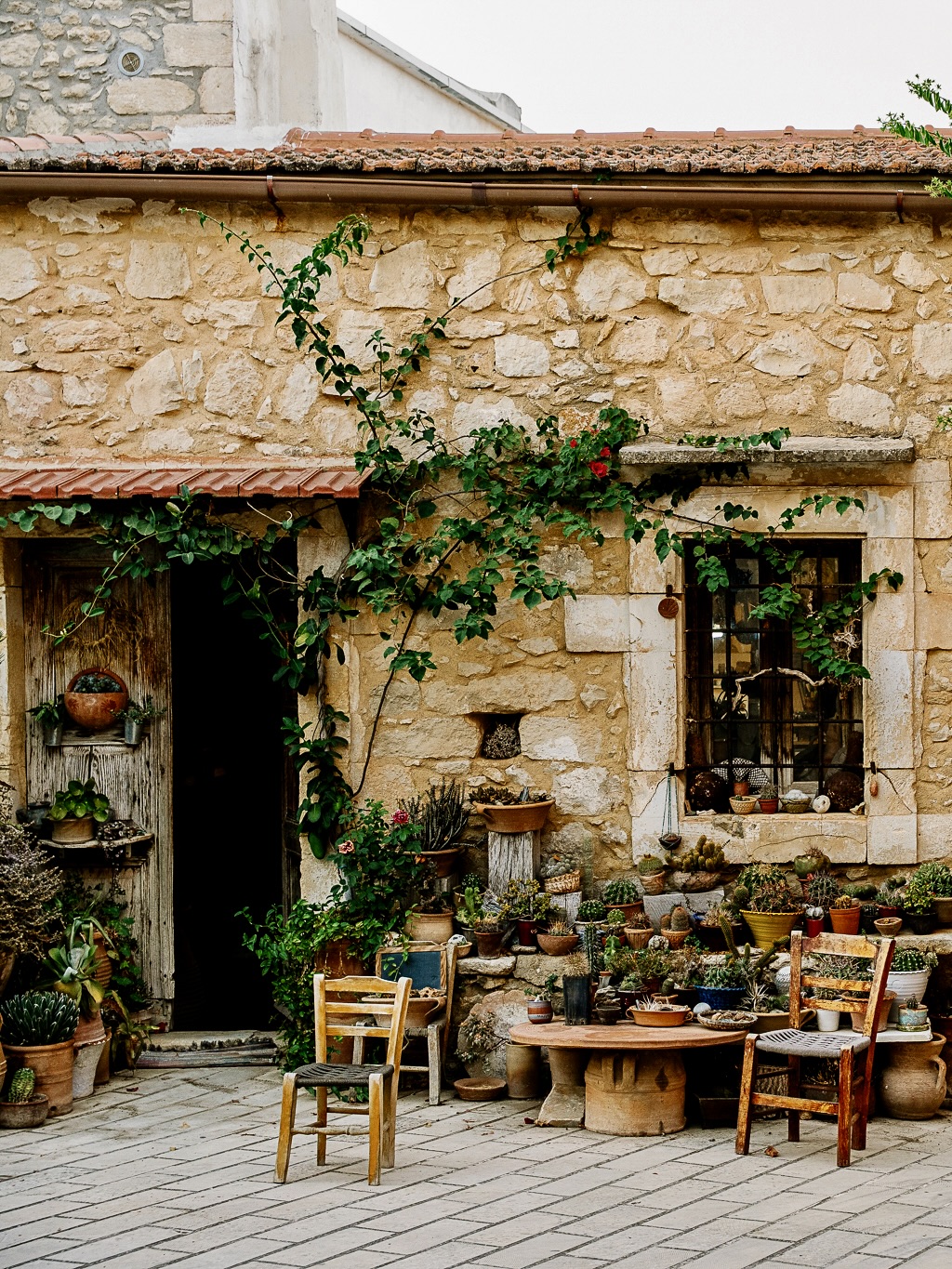In Western Crete, where the rugged massifs of Chania meet the aquamarine waters of both the Aegean and the Libyan Sea, lies a region where untamed nature and deep history live in rare harmony. Kissamos, famed for its iconic beaches, conceals behind its touristic face a world that is authentic, unbowed, and timeless.
This journey is a search for the place’s essence, an exploration of time’s layers – from antiquity to today’s ecological conscience. The road, often unpaved and demanding, becomes a passage from the familiar to the undiscovered. As the landscape shifts, so does your sense of time, revealing a world where nature dictates the rhythm of life and the legacy of centuries is present at every step.
Milia: A Return to the Past, A Vision for the Future
Arriving at the mountain hamlet of Milia, at 550 meters above sea level, feels like stepping back in time. This fully restored 16th-century settlement proves that paring life down to essentials can deliver a form of meaningful luxury. Houses built from local stone and chestnut wood run on solar power and forgo Wi‑Fi, televisions, and kitchenettes.


The village taverna serves dishes based on organic produce from surrounding fields and has earned a reputation for its commitment to local sourcing. Milia offers marked hiking trails and exceptional stargazing thanks to the absence of light pollution. Its philosophy has evolved into a holistic model of sustainability that supports local employment and cultural heritage – serving as a model for responsible tourism.

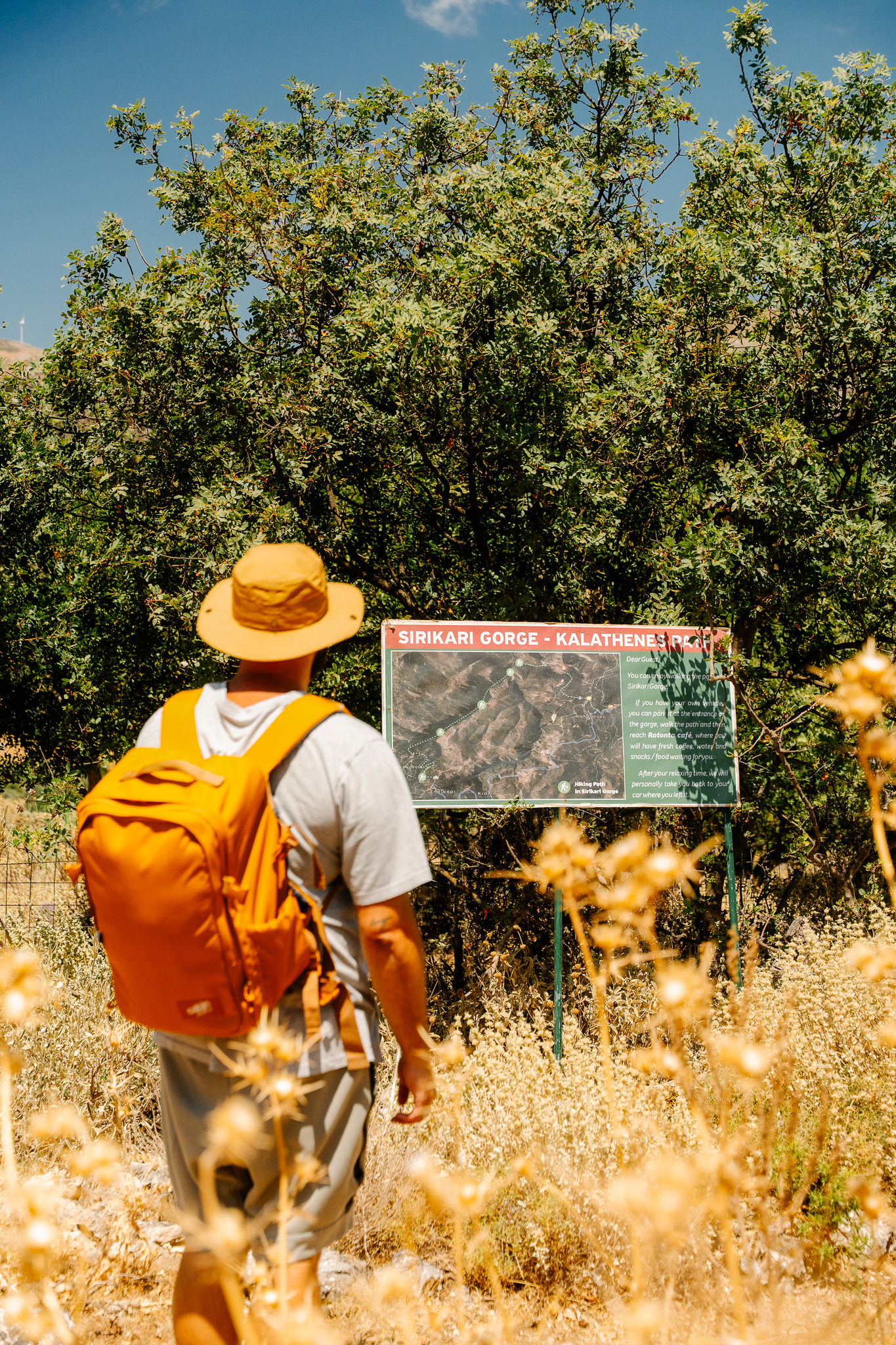


Sirikari Gorge: A Quiet Walk Through Time
Unlike legendary Samaria, Sirikari Gorge, 17 kilometers south of Kissamos, offers serenity and seclusion. The hike takes roughly 2–3 hours, setting off from the village of Sirikari. The path drops into the riverbed beneath plane trees, threading between chestnut groves, small waterfalls, and flowing streams. The name Sirikari likely comes from the Byzantine trade of the sirikaris, a maker of silk – linking the landscape to a forgotten human history. Its tranquility, far from the crowds, is its greatest luxury.


Ancient Polyrrhenia: A Piece of History
After 1,200 meters of uphill road, the route reaches ancient Polyrrhenia, poised at 418 meters with panoramic views sweeping from the Cretan to the Libyan Sea. Among Western Crete’s most powerful cities, it spans a history from the Minoan to the Roman era. The acropolis was girded with Cyclopean walls, while its name (“many sheep”) speaks to the pastoral wealth that funded its army and fortifications. Roman and Byzantine remains endure, as does the chapel of the Holy Fathers, built in 1894 using materials from the ancient temple of Diktynna Artemis.


The Rotunda of Archangel Michael
In Kato Episkopi stands a rare 6th-century rotunda, originally a baptistery and later an episcopal seat. It preserves a 6th-century mosaic floor and layered frescoes from the 7th century onward – an art-historical palimpsest that records the church’s continuous use through the ages.
The Eternal Spirit of Kissamos
Kissamos is defined not only by its famous shores but by the chapters of history it shelters. Milia, Sirikari Gorge, Polyrrhenia, and the Rotunda together tell a single story: resilience, authenticity, and an unbroken bond with the land. The soul of Crete reveals itself to those willing to seek it.
Read also:
The Ultimate Guide: Adventures and Experiences in Chania
Lines in the Blue: 16 Incredible Beaches of Chania
The Top Archaeological Sites and Museums of Chania



